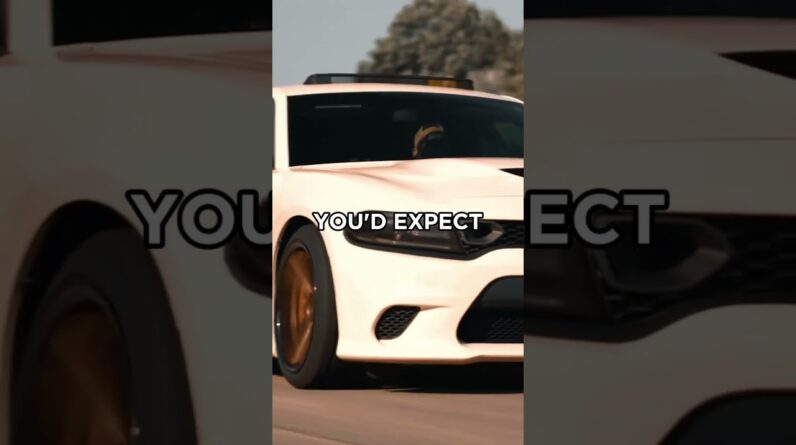On suitable motorway sections and where traffic density is high, the DRIVE PILOT can offer to take over the driving, initially up to the legally permitted speed of 60 km/h. The controls needed for this are located in the steering wheel rim, on the left and right above the thumb recesses. When the driver activates the DRIVE PILOT, the system controls the speed and distance, and effortlessly guides the vehicle within its lane. The route profile, events occurring on the route and traffic signs are correspondingly taken into consideration. The DRIVE PILOT can also recognise unexpected traffic situations, and deal with them autonomously by evasive action within its lane or braking action.
With the LiDAR sensor and redundant systems
The DRIVE PILOT builds on the surround sensors of the Driving Assistance Package and comprises additional sensors that Mercedes-Benz considers indispensable for safe conditionally automated driving. These include LiDAR, an additional camera in the rear windscreen and microphones, which are particularly useful for recognising the flashing blue lights and special signals of emergency vehicles. In addition to the sensor data, the DRIVE PILOT receives information about the road geometry, route profile, traffic signs and unusual traffic events (e.g. accidents or roadworks) from a digital HD map. This is made available via a back-end connection and is also continuously updated in a self-learning manner. The vehicle’s location is determined using a highly precise positioning system that goes well beyond the usual GPS systems. The EQS with the optional DRIVE PILOT also has redundant steering and brake systems and a redundant on-board electrical system, so that it remains manoeuvrable even if one of these systems fails and the safe handover to the driver is ensured.
A powerful central control unit provides the necessary sophisticated software functions for conditionally automated driving. Artificial intelligence is used for image processing, for example. As part of the state-of-the-art safety architecture, all algorithms are calculated twice.
While using the DRIVE PILOT, the driver can turn away from what is happening on the road and engage in certain secondary activities, e.g. communicating with colleagues via In-Car Office, browsing on the internet or enjoying a relaxing seat massage. This is because in DRIVE PILOT mode, functions can be enabled that are otherwise blocked when driving.
Conditionally automated driving on suitable motorway sections where traffic density is high
When the vehicle approaches the end of a route section that is suitable for the DRIVE PILOT, for example a tunnel, or if other conditions change, perhaps the weather or the traffic situation (for example when a tailback begins to flow freely), the driver is prompted in good time to retake control. As a general principle, the driver must always be ready to retake control and immediately resume driving as necessary when the system prompts him/her to do so, or if it is obvious that the conditions for the intended use of the DRIVE PILOT no longer apply. Sleeping, looking to the rear for longer periods or even leaving the driver’s seat are not permitted. To ensure that the driver is able to take control, the cameras of the driver display monitor movements of the head and eyelids.
If the driver fails to take back control even after increasingly urgent prompting, e.g. owing to a severe health problem, the DRIVE PILOT brakes the vehicle to a standstill in a controlled manner and with suitable deceleration. At the same time the hazard warning system and, once the vehicle has come to a standstill, the Mercedes-Benz emergency call system are activated and the doors and windows are unlocked, to make access to the interior easier for any first responders. Naturally the driver can also deactivate the DRIVE PILOT at any time without any prompting by the system. This is done via the steering wheel buttons, or by manually intervening in the vehicle’s control functions.
The general introduction of the DRIVE PILOT in other European countries, in the USA and China will follow gradually as the legal situation in each country provides for a surrendering of the driving task.
INTELLIGENT PARKING PILOT: highly automated driverless parking in suitable multi-storey car parks
Mercedes-Benz goes a step further when it comes to parking: With the pre-installation for the INTELLIGENT PARK PILOT, the EQS is prepared for Automated Valet Parking (AVP, SAE level 4). Together with the required optional equipment and the corresponding Connect service (depending on the country), the new EQS has the technology on board to park and unpark fully automatically and driverless in car parks equipped with AVP infrastructure, provided that national laws permit such operation.
#MercedesEQS
Get More Great Car Videos – Subscribe: https://goo.gl/BSIaFc







